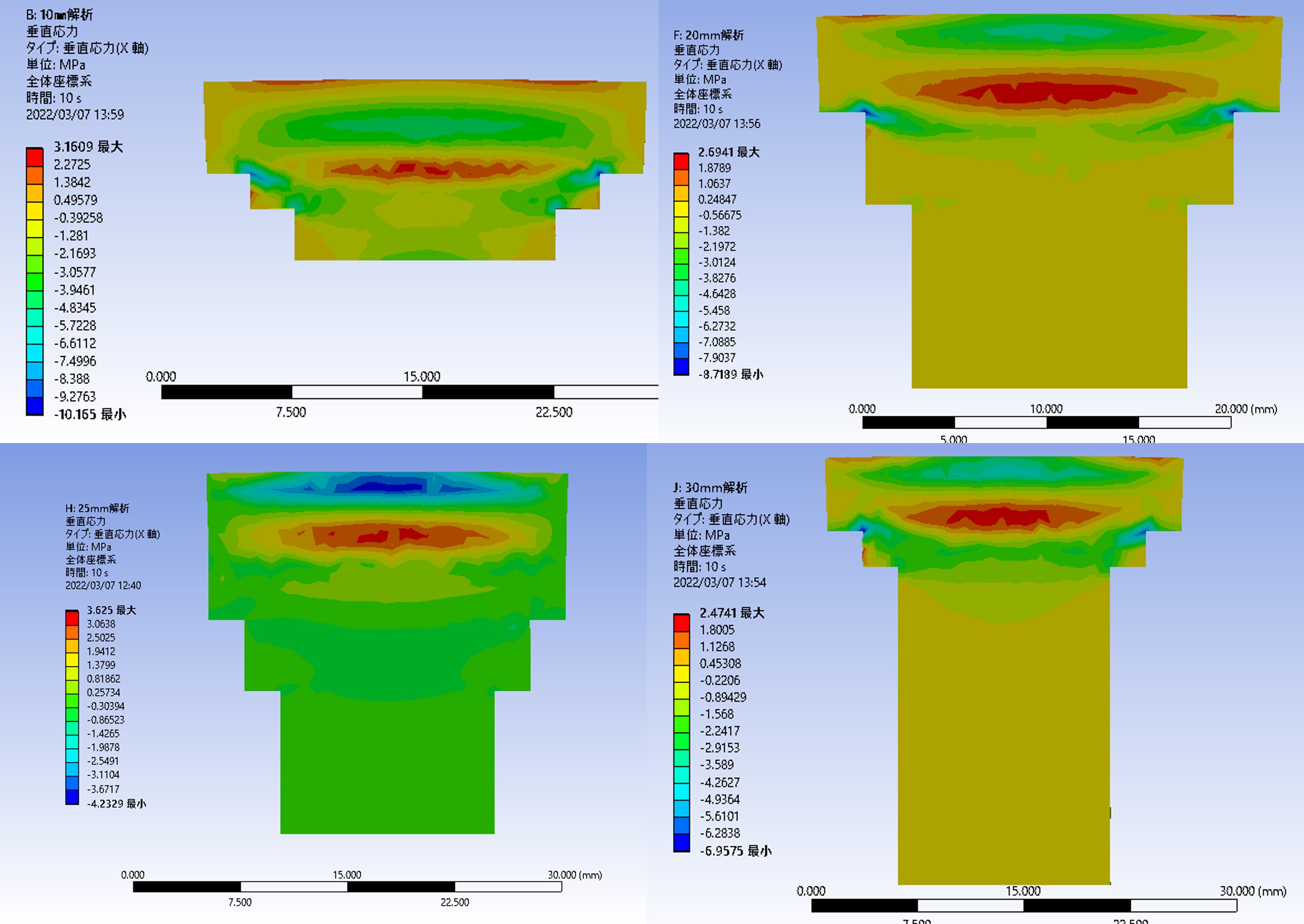Prediction of aerothermal environment around atmospheric entry vehicles with sophisticated numerical tools
JAXA Supercomputer System Annual Report February 2021-January 2022
Report Number: R21EDA201A32
Subject Category: Aeronautical Technology
- Responsible Representative: Kenji Fujii, Aviation Technology Directorate, Fundamental Aeronautics Research Unit
- Contact Information: Takashi Ozawa(ozawa.takashi@jaxa.jp)
- Members: Takashi Ozawa, Ryota Samo, Hiroki Takayanagi, Chihiro Tsukiyama
Abstract
In this study, we try to enhance physical models for high temperature gas and numerical simulation method to accurately predict heating and aerodynamic characteristics at hypersonic atmospheric entry. We aim to develop high fidelity simulation tool by demonstrating improvement of prediction accuracy by comparing experimental data and simulation results with the newly proposed model and method. In this year, we focus on the improvement of parachute simulation scheme and ablator thermal stress analysis scheme.
Reference URL
N/A
Reasons and benefits of using JAXA Supercomputer System
In order to evaluate uncertainties and dependence on nonequilibrium thermochemical models, configurations, and freestream conditions, supercomputer has been used to perform a large number of CFD runs by changing physical models, configurations, and flow conditions.
Achievements of the Year
A parachute for a sample return capsule was studied to simulate drag and projected area by performing FSI analysis (fluid structure interaction analysis). Following the construction of the analysis environment in the previous year, the analysis was performed (Fig. 1) and the parachute aerodynamic parameters were changed, each data was acquired. Ablators are also studied to evaluate the thermal stresses that occur during arc heating wind tunnel testing by thermal stress analysis. Based on the analysis of the previous year, analysis was conducted for several shapes to confirm the differences depending on the shape. (Fig. 2)
Fig.1(video): Visualization results of FSI analysis
Publications
– Oral Presentations
Proceedings of the Space Sciences and Technology Conference: 2021
Symposium on Flight Mechanics and Astrodynamics: 2021
33rd International Symposium on Space Technology and Science
Usage of JSS
Computational Information
- Process Parallelization Methods: MPI
- Thread Parallelization Methods: Automatic Parallelization
- Number of Processes: 8
- Elapsed Time per Case: 12 Hour(s)
JSS3 Resources Used
Fraction of Usage in Total Resources*1(%): 0.09
Details
Please refer to System Configuration of JSS3 for the system configuration and major specifications of JSS3.
| System Name | CPU Resources Used(Core x Hours) | Fraction of Usage*2(%) |
|---|---|---|
| TOKI-SORA | 463461.95 | 0.02 |
| TOKI-ST | 507770.77 | 0.63 |
| TOKI-GP | 0.00 | 0.00 |
| TOKI-XM | 0.00 | 0.00 |
| TOKI-LM | 0.00 | 0.00 |
| TOKI-TST | 0.00 | 0.00 |
| TOKI-TGP | 0.00 | 0.00 |
| TOKI-TLM | 0.00 | 0.00 |
| File System Name | Storage Assigned(GiB) | Fraction of Usage*2(%) |
|---|---|---|
| /home | 191.67 | 0.19 |
| /data and /data2 | 3663.33 | 0.04 |
| /ssd | 283.33 | 0.07 |
| Archiver Name | Storage Used(TiB) | Fraction of Usage*2(%) |
|---|---|---|
| J-SPACE | 0.00 | 0.00 |
*1: Fraction of Usage in Total Resources: Weighted average of three resource types (Computing, File System, and Archiver).
*2: Fraction of Usage:Percentage of usage relative to each resource used in one year.
ISV Software Licenses Used
| ISV Software Licenses Used(Hours) | Fraction of Usage*2(%) | |
|---|---|---|
| ISV Software Licenses(Total) | 661.40 | 0.46 |
*2: Fraction of Usage:Percentage of usage relative to each resource used in one year.
JAXA Supercomputer System Annual Report February 2021-January 2022



